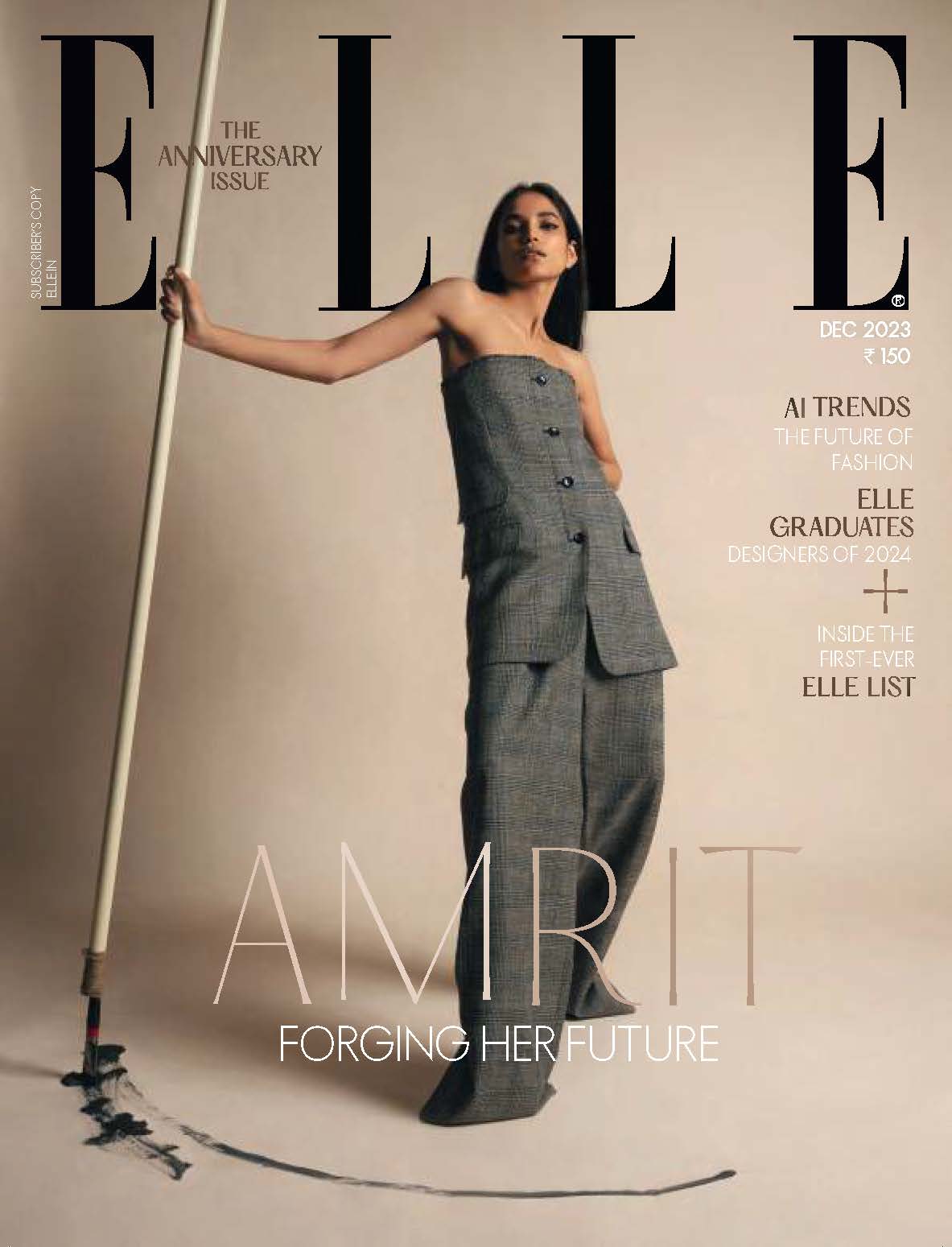Nothing about Fearless Nadia should have worked with Indian audiences in the 1930s. Born Mary Ann Evans, she was blond, buxom, blue-eyed and didn’t need saving. But a white women who wasn’t a virgin, vixen or victim managed to, somehow, win over the masses and become the first Hindi film heroine to headline a movie.
Born in Australia, Mary grew up in the North West of India learning how to hunt, do gymnastics and ride horses. She later learned how to dance and became a circus performer travelling across India, until Jamshed Boman Homi Wadia, an Indian filmmaker, spotted her. She changed her name to Nadia and earned the title Fearless Nadia after performing all her own stunts, some with no safety equipment.

Facebook.com/FearlessNadia
Fearless Nadia battled a dozen villains at once, by herself, no male assistance needed. Her characters spoke of social evils and oppression. About how a country could not truly be free unless its women were free. She saved the second heroine, she saved the hero… in fact, she became the hero.
Hunterwali in 1935 was Fearless Nadia’s marquee film, where a daring princess fought injustice as a masked vigilante in her father’s kingdom. Nadia emerged as a feminist icon of Hindi cinema, the Indian heroine who would overturn the patriarchal order. She also became the highest-paid Bollywood heroine for the next two decades. It’s this character that is said to have inspired Kangana Ranaut’s in Rangoon.

Fearless Nadia wasn’t just well-received in India, her films were distributed across the globe and even showed at international film festivals to critical acclaim. It was her body language that won audiences over. Strong, muscular, fierce and optimistic, action took precedence over item numbers and audiences were just as entertained.
We rarely see female leads like that anymore. It may have worked because India was on the verge of independence and overt rebellion against the British Raj was censored in films. Or maybe because nationalist inspiration was coming from someone whose outward appearance was so clearly not Indian. While she spoke in Hindi, she wasn’t distinctly part of any cultural wave. She was a feminist before feminism was cool. Fearless Nadia just stood against oppression, in all its forms. And while most of Bollywood may have forgotten her and what she stood for, today on what would have been her 110th birthday, Google reminds us with a doodle that she’s the hero we’ve been looking for, once again.


